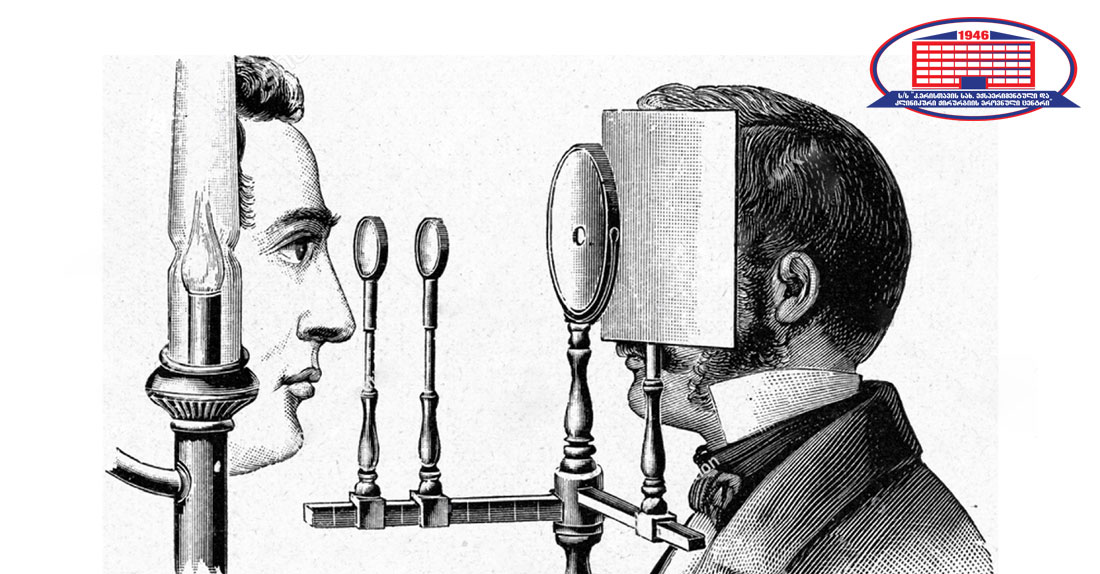- This is interesting
- Health and Lifestye
-
Helpful Advice
- Gastroenterologist advises
- Toxicologist advises
- The traumatologist advises
- therapist advises
- Rheumatologist advices
- Gynecologist advises
- Allergist advises
- Proctologist advises
- Neonatologist advises
- Neurologist advises!
- Hematologist advises
- Oto-rhino-laryngologist advises
- Epidemiologist Advises
- Ophthalmologist Advises
- Obstetrician-gynecologist Advises
- Endocrinologist Advises
- Cardiologist Advises
- Nutrition

Eye mirror created by a German physicist
Did you know, that Hermann von Helmholtz, a German physicist, invented the first ophthalmoscope in 1851?!
Helmholtz's idea was dubbed the „eye mirror”. Its application has been challenging. Furthermore, some ophthalmologists avoided operating with it in general, while others said that the invention would be damaging to the eye.
Soon later, in 1853, Hermann Helmholtz improved on his innovation by attaching a second glass to the ophthalmoscope, resulting in a double image.
The German physicist's discovery received its first and most widespread acknowledgment in 1857, at the First International Congress of Ophthalmology in Brussels. Congress acknowledged the first ophthalmoscope's appearance in the medical field, and it was declared that each sighting with this equipment meant the discovery of a new planet.
However, Of course, every ophthalmoscope requires light. The German physicist's discovery needed the use of a candle to generate light. The candle was gradually replaced by an oil lamp.
Finally, at the end of the XIX century, the Swiss chemist Ami Argand produced the gas lamp, which quickly surpassed all other forms of alternative illumination and was successfully utilized in the ophthalmoscope for a long period.
An ophthalmoscope is used to screen the eye for disorders. It is made up of a bright light that is focused on the eye via a small mirror or prism. The doctor views an enlarged image of the structures at the back of the eye through a small hole in the ophthalmoscope. The optic disc, retina, retinal blood vessels, macula, and choroid are all included.










